A Snakehead is any of a number of different species in the Channidae family. You can recognize these fish by their elongated bodies and long, snake-like heads. Researchers recognize over 50 different species in the family, but for our purposes we will focus specifically on the well-known Northern Snakehead. Read on to learn about the Snakehead.
Description of the Snakehead
This species has the general characteristics that most species share, and elongated body with a long head. The lengthy, somewhat pointed head gives the fish an appearance similar to that of a snake. Its scales have a mottled pattern of light and dark brown.
These fish generally measure about three feet long when fully grown. However, some exceptionally large individuals reach nearly five feet in length!
Interesting Facts About the Snakehead
This fish has a number of interesting traits and characteristics. Learn more about what makes them unique, below.
- Invasion of the Snakeheads – Though it sounds like a crummy horror flick, people introduced these fish into a number of different locations, including the United States. Once established, these fish dominated the native wildlife, and researchers consider them a detrimental invasive species.
- First Contact – In the first instance of introduction, one man purchased a pair of fish and released them into a pond in Maryland. Officials drained the pond in an attempt to eradicate the fish, and found over a hundred juveniles as well as the original pair.
- Multi-Infestation – Unfortunately, despite the best efforts of wildlife officials, they have discovered multiple populations of breeding individuals. Some of their lurking grounds include Florida, North Carolina, California, Philadelphia, and more.
- Record Holder – A fisherman in Maryland shot the current world record largest specimen of this species using a bow and arrow. The fish weighed nearly 20 lbs. and measured an astounding 35 in. long.
Habitat of the Snakehead
These fish live in freshwater habitats, and sometimes move into brackish water, a mixture of salt and fresh water. Their most common habitats include ponds, lakes, swamps, streams, and other still or slow-moving waters. They prefer habitats with muddy bottoms and vegetation to hunt for prey in.
Distribution of the Snakehead
Naturally, this species occurs in China and into southeast Russia. However, people have introduced this species outside of its native range, where it has become an invasive species. You can find invasive populations in Japan, Kazakhstan, Uzbekistan, and Turkmenistan, and some surrounding areas. Additionally, people have introduced this fish into various regions of the United States.
Diet of the Snakehead
This fish has carnivorous feeding habits and eats other animals as its primary source of food. It eats a wide variety of prey, and can eat creatures up to 33% of its own body size. Some common types of prey include other fish, insects, crabs, shrimp, crayfish, and frogs. A few of the different species of fish that they hunt include perch, carp, loach, bluegill, killifish, goldfish, bream, and more.
Snakehead and Human Interaction
Humans interact with this fish in a number of ways. People catch them for food and for sport, and have introduced them into waterways outside of their native range in Asia.
In China, people rely heavily on this species as a source of food and they catch several hundred tons every year. People also keep this fish as a pet in aquariums, which is the cause of many invasive populations.
Domestication
People have not domesticated this species in any way.
Does the Snakehead Make a Good Pet
No, these fish do not make good pets. Unfortunately, people often purchase this fish for its unique look and pattern. Sadly, when the fish eats all their other fish or outgrows the tank, the owner often releases it into a lake or pond nearby without thought to the consequences.
Snakehead Care
Some people keep these fish in aquariums, and some public aquariums house these fish to educate on the dangers of invasive species. These fish prefer freshwater habitats with a variety of hiding places like logs and underwater plants. They also live in small groups, so aquariums typically keep them in small schools.
Behavior of the Snakehead
These fish have nocturnal, social behavior. They live in small groups, known as schools, and members have a specific dominance hierarchy. It isn’t uncommon to see them chasing one another and biting. Schools also hunt together, swimming in shallow water with lots of reeds and underwater plants.
If food becomes scarce, people have also observed this fish climbing out of the water to crawl to other nearby ponds! Even though it can breathe out of the water, it can only move short distances, wiggling along like an eel.
Reproduction of the Snakehead
When it comes time to breed, both parents work together to construct a nest out of underwater plants. The female lays her eggs on top of the nest, and the male fertilizes them. Both parents guard the nest viciously, and continue to protect the newly hatched fish until they reach their juvenile stage.
Both parents breed multiple times per year with various partners. A single female can produce several thousand eggs during each spawning session. It takes between one and five days for the eggs to hatch, depending on the temperature of the water.



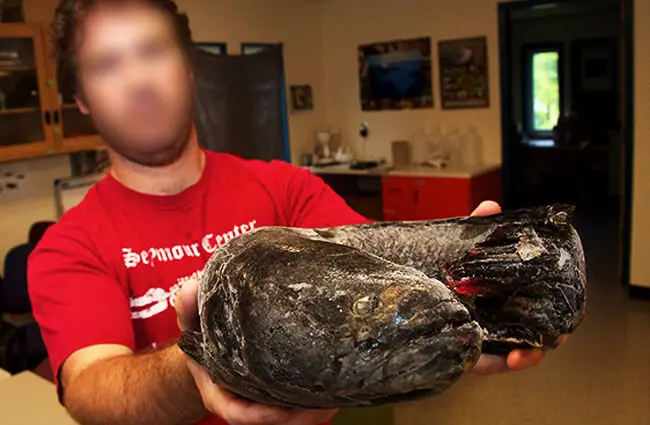

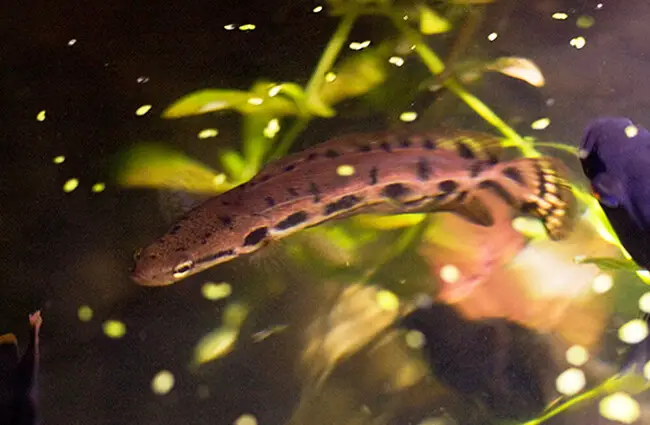
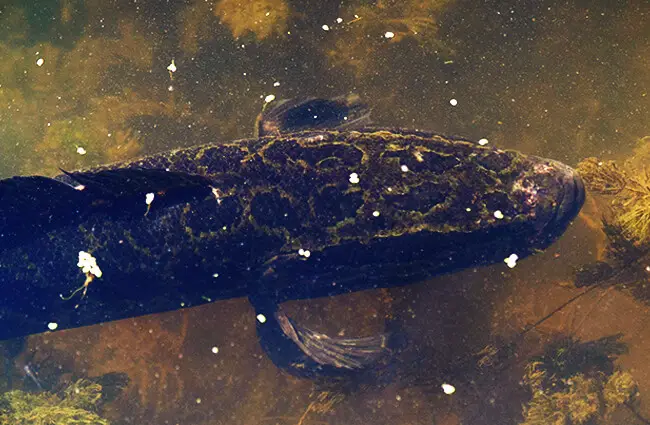
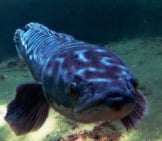
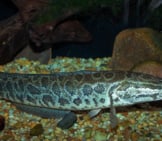
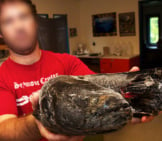
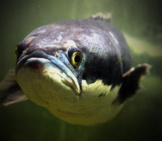
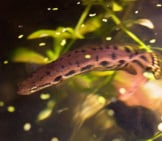
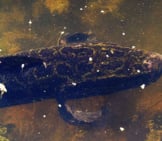
![Red Angus Closeup of a beautiful Red Angus cowPhoto by: U.S. Department of Agriculture [pubic domain]https://creativecommons.org/licenses/by/2.0/](https://animals.net/wp-content/uploads/2020/03/Red-Angus-4-238x178.jpg)












![Red Angus Closeup of a beautiful Red Angus cowPhoto by: U.S. Department of Agriculture [pubic domain]https://creativecommons.org/licenses/by/2.0/](https://animals.net/wp-content/uploads/2020/03/Red-Angus-4-100x75.jpg)

